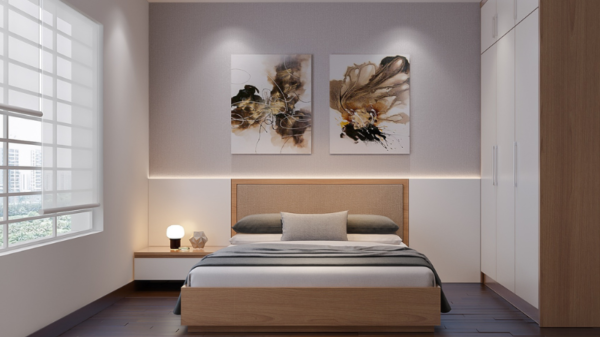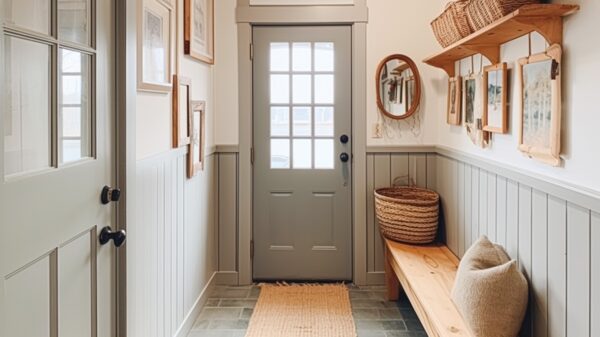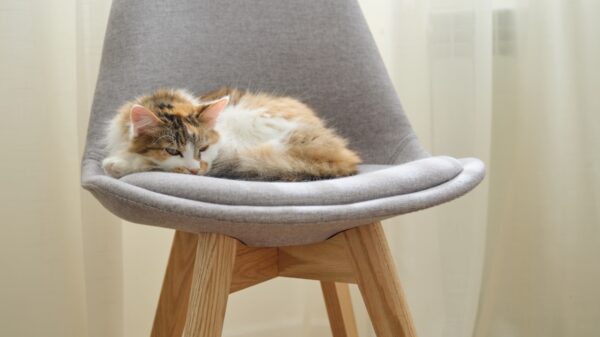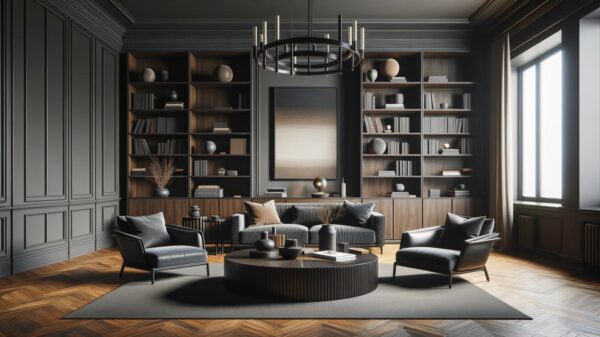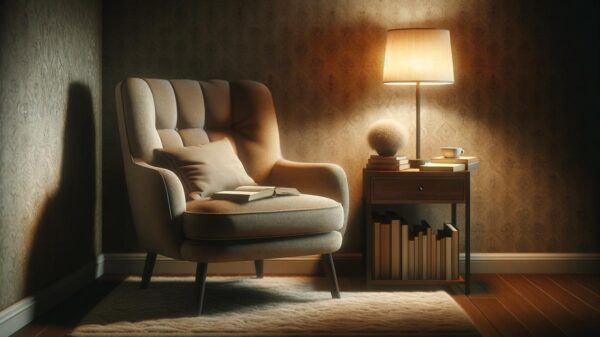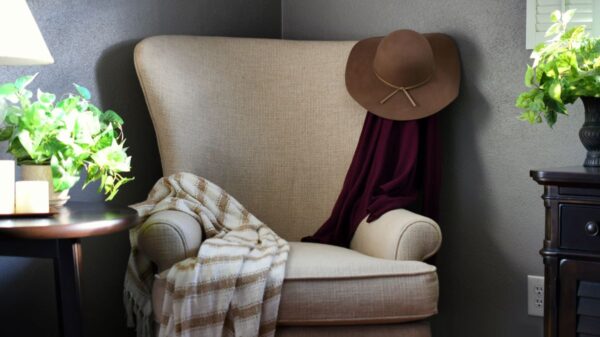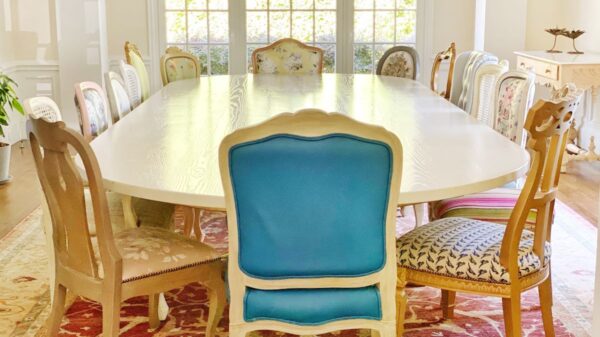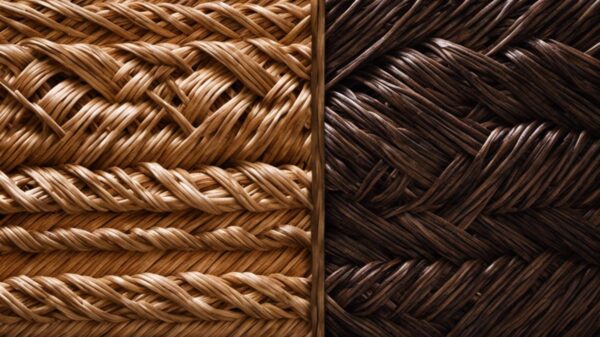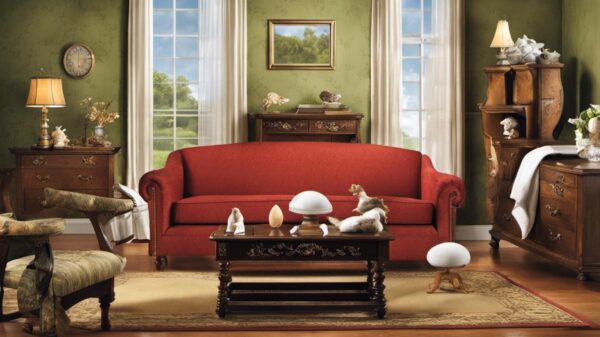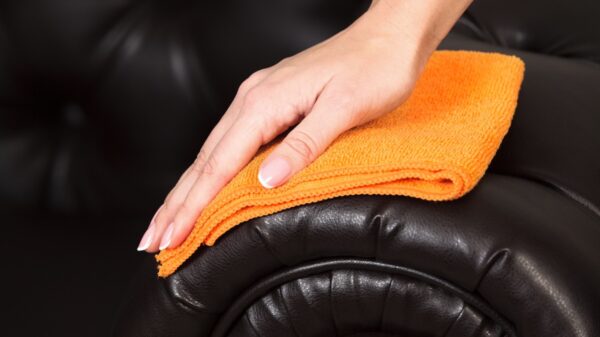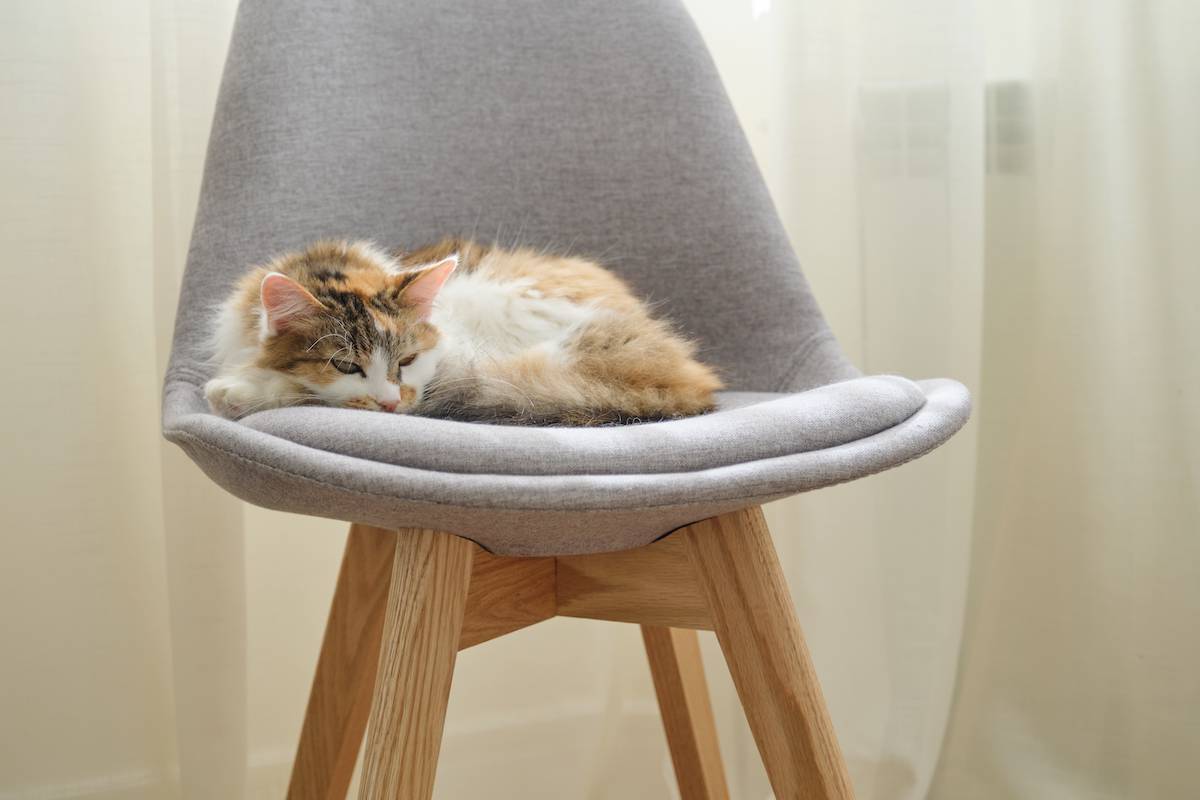What Kind of Furniture is Cat Proof? A Comprehensive Guide
Welcoming a cat into your home brings joy and companionship, but it also calls for some adjustments in your living space. Cats are naturally curious and playful creatures, and this can sometimes result in scratched or damaged furniture. In this guide, we’ll explore the world of cat-proof furniture, providing you with expert tips and recommendations to ensure both your cat and your furnishings coexist harmoniously.
What Kind of Furniture is Cat Proof?
Cats have unique behaviors and instincts that influence the type of furniture they find appealing or unappealing. Understanding their preferences is crucial in selecting cat-proof furniture.
Choosing the Right Materials
Leather: A Cat’s Friend
Leather furniture is a great option for cat owners. It’s durable, easy to clean, and resistant to scratching. Opt for full-grain or top-grain leather for the best results.
Microfiber Magic
Microfiber upholstery offers a comfortable and scratch-resistant surface that many cats find unattractive for scratching. Its tightly woven fibers make it less inviting for claws.
Avoid Delicate Fabrics
Delicate materials like silk or velvet might be a cat’s dream, but they are a nightmare for furniture. They can be easily snagged or torn by sharp claws.

Design Tips for Cat-Proof Furniture
Strategic Placement of Furniture
Position tall, vertical scratching posts near your cat’s favorite spots to deter them from using your furniture as a scratching post. This redirects their attention to a designated scratching area.
Invest in Cat-Friendly Covers
Protect your furniture with slipcovers or specially designed cat-proof covers. These not only shield your upholstery but can also add a decorative touch to your living space.
Opt for Sturdy and Stable Pieces
Choose furniture with a solid and stable construction. Unstable or wobbly pieces are more likely to tip over during vigorous play, potentially causing harm to your cat and damaging your furniture.
Why Cats Scratch Furniture
Cats scratch furniture for several reasons, and understanding these motives can help cat owners take appropriate measures to protect their furnishings. Here are the primary reasons why cats engage in this behavior:
Instinctual Behavior
Scratching is a natural behavior for cats. It helps them maintain healthy claws by removing the outer layers and keeping them sharp.
Territorial Marking
Cats have scent glands in their paws, and when they scratch, they leave both a visual mark (the scratches) and a scent mark. This is a way for them to establish their territory.
Stretching and Exercise
Scratching is a form of stretching for cats. It allows them to flex their muscles, especially in their shoulders and back.
Emotional Expression
Cats may scratch when they are excited, anxious, or seeking attention. It can be a way for them to release pent-up energy or express their emotions.
Stress Relief
Scratching provides a physical outlet for cats to relieve stress. It can be a calming activity for them.
Maintaining Claw Health
Cats’ claws grow continuously. Scratching helps them shed the outer layers of their claws, keeping them in good condition.
Communication
Cats may scratch as a way to communicate with their owners. If they want attention or want to play, they might scratch near their owners.
Exploration
Cats use their claws to explore their environment. They may scratch different textures to learn about their surroundings.
Furniture Materials That Attract Cat Scratching
Certain furniture materials tend to be more attractive to cats for scratching due to their texture and feel. Understanding which materials are particularly appealing to cats can help you make informed choices when selecting furniture. Here are some materials that may attract cat scratching:
Upholstered Fabrics
Fabrics like linen, tweed, and chenille are often appealing to cats. Their weave and texture can provide a satisfying scratching experience.
Sisal
Sisal is a natural fiber derived from the agave plant. It has a coarse texture that many cats find irresistible for scratching. Sisal-covered surfaces are often used in cat scratching posts.
Woven Materials
Furniture made from woven materials like wicker or rattan can be appealing to cats. The gaps in the weave provide an ideal surface for them to sink their claws into.
Microfiber
While microfiber is generally considered cat-resistant, some cats may still find it satisfying to scratch. Its tightly woven fibers can mimic the feel of tree bark.
Velvet
Velvet has a soft and plush texture that some cats find enticing for scratching. However, it’s important to note that delicate velvets can be easily damaged.
Corduroy
The ridged texture of corduroy fabric can be attractive to cats for scratching. Its grooves provide a tactile sensation similar to tree bark.
Silk and Satin
These smooth and delicate fabrics may not be ideal for scratching, but some cats are drawn to them due to their luxurious feel.
It’s important to remember that each cat is unique, and their preferences for scratching materials may vary. While some cats may be attracted to specific materials, others may not show interest in them at all. To protect your furniture, consider using cat-friendly covers, providing designated scratching posts or pads, and using deterrents if necessary. Providing appealing alternatives can help redirect your cat’s scratching behavior away from your furniture.

Best Furniture Materials for Controlling Cat Hair
When it comes to choosing furniture that minimizes the impact of cat hair, selecting the right fabric is crucial. Some materials are more forgiving and easier to clean than others. Here are the best furniture fabrics for controlling cat hair:
Microfiber
Microfiber is a synthetic fabric known for its tightly woven fibers. It resists stains, is durable, and does not attract pet hair as much as other materials. It’s also relatively easy to clean, making it an excellent choice for cat owners.
Leather
Leather is another pet-friendly option. Cat hair doesn’t stick to leather as it might with some fabrics, and it can be easily wiped clean. However, it’s essential to choose leather with a finish that’s less prone to scratches.
Ultrasuede
This synthetic fabric closely resembles real suede but is more durable and resistant to stains. It’s not as likely to attract cat hair and can be cleaned with a gentle brush or a vacuum cleaner.
Tight Weave Fabrics
Fabrics with tight weaves, such as canvas or twill, are less likely to trap cat hair. They provide a smoother surface that makes it harder for hair to become embedded.
Vinyl or Pleather
These synthetic materials mimic the look of leather and are not as prone to collecting cat hair. They are also easy to wipe clean, making them a practical choice for cat owners.
Outdoor Fabrics
Many outdoor fabrics are designed to resist stains and repel moisture, which also makes them less likely to attract cat hair. They can be a great option for indoor furniture, especially for cat owners.
Patterned Fabrics
Busy patterns or prints can help camouflage cat hair. Opt for fabrics with small prints or patterns, as they tend to hide hair better than solid colors.
Remember to regularly groom your cat to minimize shedding, and use lint rollers or vacuum cleaners with pet hair attachments to keep your furniture clean. Additionally, placing washable covers or throws on your furniture can provide an extra layer of protection. By choosing the right fabric and implementing some preventive measures, you can enjoy a cat-friendly home without being overwhelmed by cat hair.
FAQs (Frequently Asked Questions)
Can I train my cat to avoid scratching furniture?
Yes, with patience and consistency, you can train your cat to use a scratching post instead of your furniture. Use positive reinforcement techniques and consider using catnip to attract them to the designated scratching area.
Are there specific furniture brands known for cat-proof options?
Yes, several furniture brands offer cat-friendly designs. Look for options with durable materials, replaceable parts, and scratch-resistant surfaces.
How can I protect my wooden furniture from cat scratches?
Applying a pet-friendly wood polish or using furniture protectors like adhesive tape can help deter cats from scratching wooden surfaces.
Is it possible to have a stylish home with cat-proof furniture?
Absolutely! Many stylish furniture options are designed with cat owners in mind. Look for modern and sleek designs that incorporate cat-friendly materials.
Should I consider anti-scratch sprays for my furniture?
Anti-scratch sprays can be a helpful deterrent. They emit scents that cats find unappealing and can discourage them from scratching.
Can I declaw my cat to prevent furniture damage?
Declawing is a controversial procedure and is illegal or strongly discouraged in many places. It’s important to explore humane alternatives, such as regular nail trimming and providing ample scratching alternatives.
Conclusion
With the right knowledge and choices, it’s entirely possible to have a beautifully furnished home that both you and your cat can enjoy. By selecting the right materials and implementing cat-friendly design strategies, you can create a space that is both stylish and cat-proof. Remember, a happy cat makes for a happy home.



